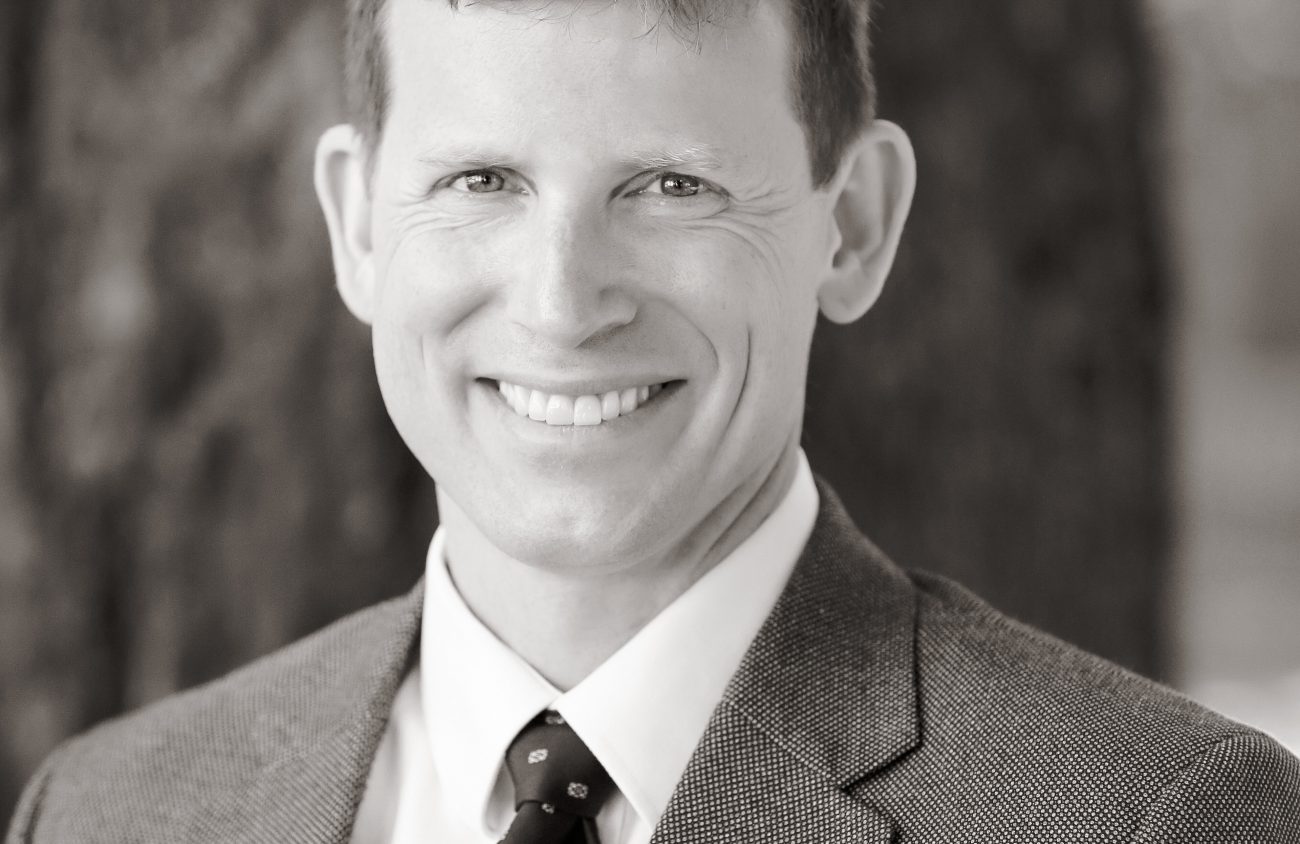I grew up in an Oregon where we worked together to better our community. As a state representative, I often receive complaints that we should not act to fight climate change because we do not emit a significant share of worldwide carbon pollution. Indeed, Oregon emits about .2 percent of global carbon emissions, a seemingly small amount.
However, when you consider that Oregonians represent only .055 percent of the world population, it’s clear we’re emitting more than 3.5 times the global average per person. Collectively, Oregonians pollute more carbon than 116 signatory countries to the Paris Climate Accords. We can’t stop climate change alone, but we should always do our part. Senate Bill 1530 does that through a cap-and-trade program that is the most effective means of reducing emissions while stimulating economic growth.
We need only look to our north and south to see what works. Both California and British Columbia have carbon reduction programs, the former through a cap-and-trade program and the latter through a revenue neutral carbon tax. The data shows that cap and trade is the more effective policy.
The people of California have reduced their per capita carbon footprint 1.6 percent below 1990 levels, beating their 2020 goal. Conversely, the carbon tax in British Columbia has yielded an increase of 15 percent, trending to put British Columbia 40 percent above their carbon goal. Further, California’s growth has exceeded Oregon’s by 40 percent since the start of its program, while its employment growth beat ours by 6.8 percent. It’s not about choosing between the environment and the economy — cap and trade works for both.
Cap and trade benefits rural economies. Joining the Western Climate Initiative and requiring large polluters to purchase offsets will bring in corporate and out-of-state investments to Oregon’s working lands, while pushing them to reduce their emissions. Those investments will help modernize farming and forestry practices to help them sequester more carbon and increase productivity. They will bring jobs to our rural communities preventing wildfires and in our pulp, paper and flakeboard mills.
The other approach — an unrestricted free market without transition assistance — isn’t working for rural communities. Recently, I went out to a logging operation and spoke with the owner of the company. He complained about how the changes might make it more difficult for him to employ people. When I looked around, he only had himself and one employee working in two million-dollar machines, not the dozens of loggers that would have worked on a logging operation 30 years ago. The investments we can make in wildfire prevention as part of a cap-and-invest program, on the other hand, will employ hundreds of people. I saw this when I recently visited a youth employment program in my district, Northwest Youth Corps, where the teenagers and young adults there were working to reduce fire risk and improve water quality while learning marketable skills.
Mechanization and hedge funds have killed rural jobs. Increasing giveaways to corporations will accelerate the death of rural communities, not save them. On the other hand, a cap-and-invest program makes direct investments into rural communities, increases supply to pulp, flakeboard and biomass plants, and creates jobs that will last into the future, not end with the next corporate merger.
A constituent put it to me this way: “When you’re living on the edge, change is a four-letter word.”
I grew up in poverty in a rural community, so I know that gnawing sense of dread about the future. Change is a constant of any economy, but we can lead that change to a better future. A cap and trade program will build our rural communities through investments and jobs. I hope you’ll join me in doing our share to save our environment and build our economy for our children.
Marty Wilde represents House District 11 in the Oregon Legislature.
